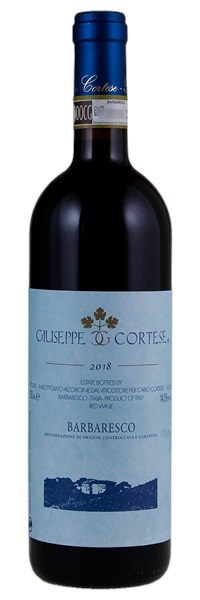Estimate

Camphor, rose and red berry aromas shape the enticing nose... The linear, structured palate is all about finesse, featuring ripe Morello cherry, crushed strawberry and star anise alongside taut, polished tannins and fresh acidity.
...shows a slightly sweet side with dried plum or cherry confit. But there is a tart fruit and savory side as well that veers toward grilled rosemary, spice and iron ore...awards you a straight-shooting expression of Barbaresco that is balanced and proper.
Pretty nose of wild red fruit, fresh nuts and flowers. A tinge of orange rind rounds it off nicely. Medium-bodied with well-placed nebbiolo acidity and lightly firm tannins... Good, balanced length.
...a pretty, understated wine. Dark cherry, plum, spice, lavender, mocha and orange zest open effortlessly in the glass...balances lovely fruit expression and textural depth in a soft, quiet style that is hugely appealing.
Lovely vivid fruit with firm tannins and crunchy acid. Classic through and through...